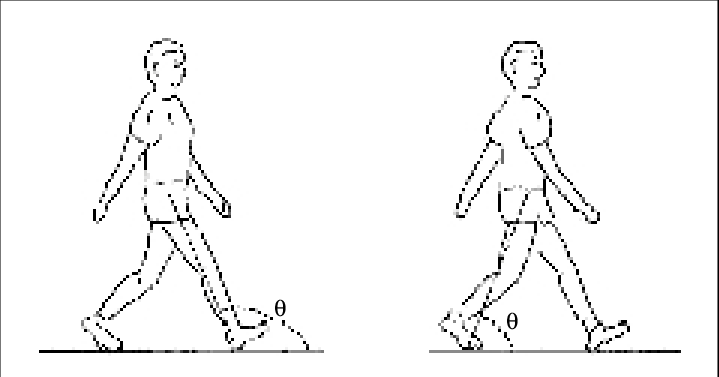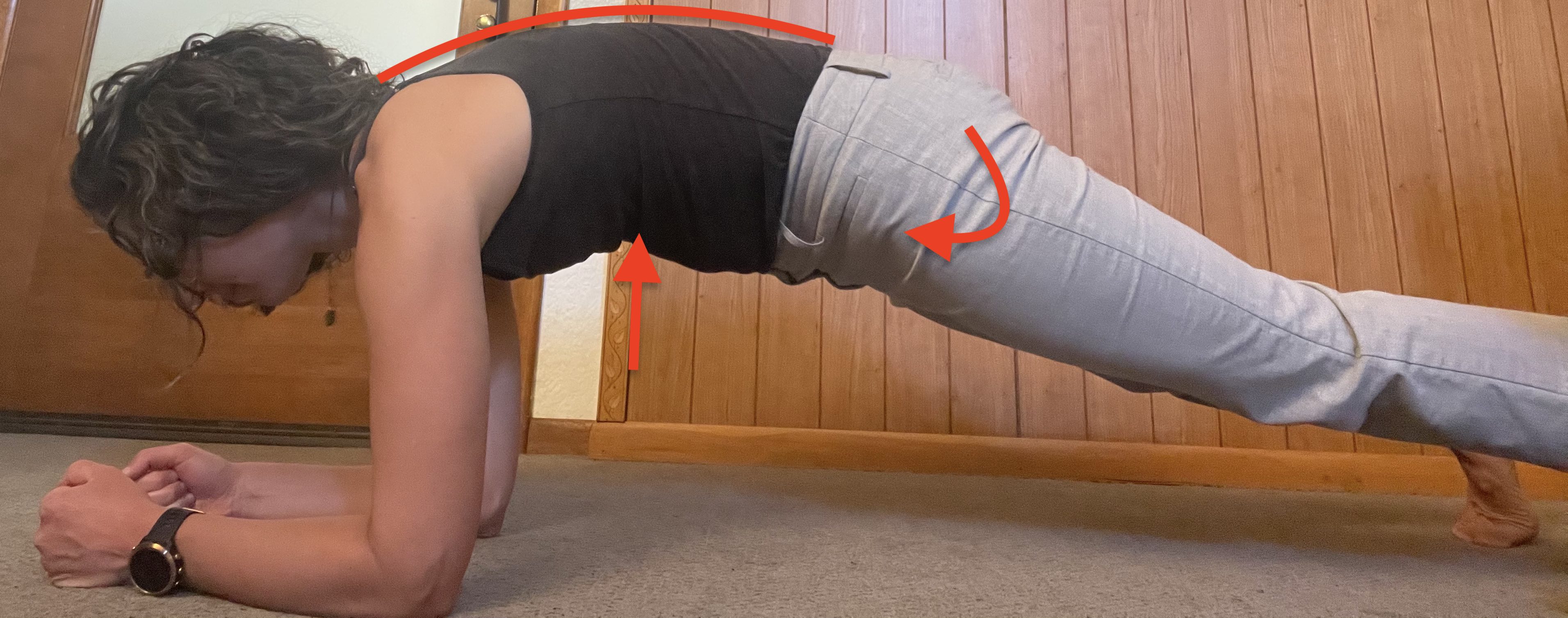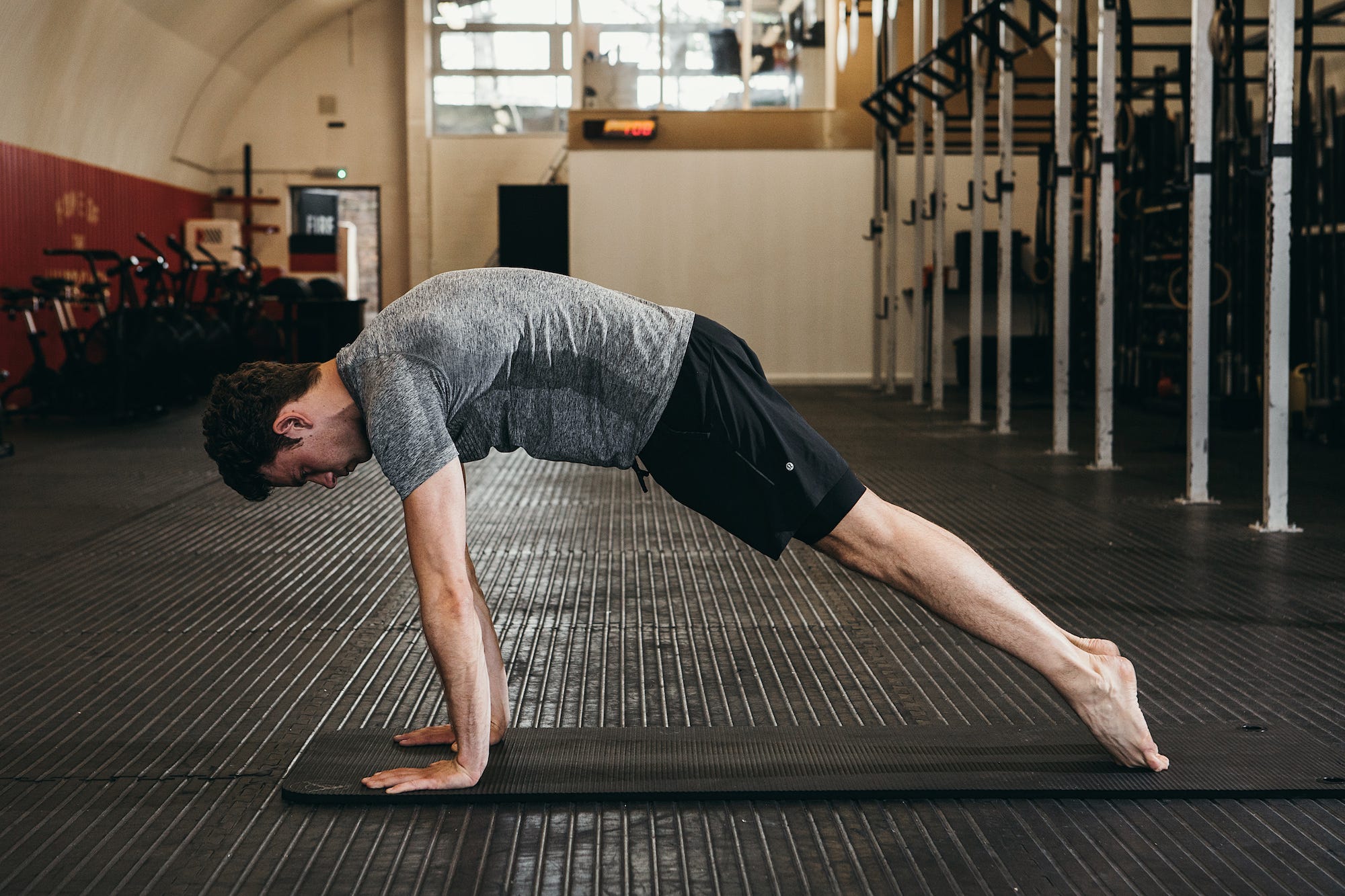Have you ever wondered what the PRI approach (what I primarily practice) and a meditative practice have in common?
Probably not, but I sure have!
Some Background on Meditation
Some of you know my history of meditation- I spent the year of 2012 staying at different meditation centers all over the country learning the practice of Vipassana, or “Insight” meditation. We meditated for 10 hours a day, for 10 days, in silence. It was intense!
Vipassana is not a religious practice, in fact there is no “belief” involved at all, which I appreciated. Instead, you practice observing the reality as it is- starting with the sensations in your body.
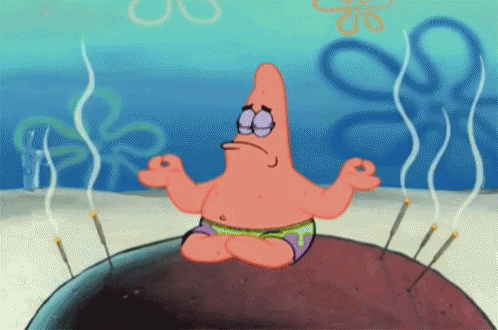
By simply observing your sensations, you becomes aware that everything is constantly changing, constantly in flux, constantly in flow. Once you can appreciate that in your own body, you begin to see it all around you. The seasons change from winter to spring, the sun rises and sets, we get sick and feel better, clothes get dirty and get washed, etc. With this understanding, we can let go of attachment and be present and in the moment.
So What Does All This Have To Do with Physical Therapy, specifically a PRI approach?
In particular, there are three things that I find are eerily similar in the PRI approach to movement and meditation. These aspects are consistently challenging for patients, but once appreciated they have profoundly better results.
Forgetting is the Practice
In meditation, many people think that they must clear their mind of thoughts and be aware of the breath the whole time. Thusly, many people get frustrated and give up, thinking, “I’ll never be able to clear my mind!” However, this is not actually the goal of meditation.
In fact, we need to forget about the breath in order to be able to come back to it. When you say, “ah my mind has wandered, let me come back to the breath,” in a kind and gentle way, that is the practice. The forgetting is necessary because you get to come back. And that is meditation.

There are studies on monks who have achieved very deep levels of meditation after decades of meditation. The authors looked at their brainwaves and found that, rather than being continuously concentrated, their minds were forgetting and coming back so quickly and frequently that it was perceived as continuous.
When I am working with patients, I always have them focus on what they sense and their breath. Just like in meditation, you will forget your breath, you will forget your felt sense, especially when I give you several different senses to focus on. It becomes harder, if not impossible, to focus on all of them at the same time. So, you have to shift your attention throughout your body.
This is very intentional.
It is connecting the body and the brain, connecting right and left, top and bottom and front to back. This is why the techniques I give are often called “magic” by my patients because they work so fast. It’s not magic, it’s the power of sense, of integrating brain and body, vs just strengthening or stretching or massaging or dry needling a specific muscle (which rarely works long term because your brain does not think about your body as individual muscles, but rather as patterns of movement and chains of muscle and connective tissue).
A Word on Sense
Perhaps the biggest commonality I see between meditation and PRI is that when practitioners struggle, it is almost always because they are looking for something special.
When we meditate, we aim to feel our body, exactly as it is. That may be as simple as feeling your butt sitting in the chair or on the floor. THAT IS A SENSATION! We are always looking for something special, for the clouds to part and rain down colors into our chakras or whatever. Trust me that’s not what happens (at least for most people, haha!)
Observing the reality, as it is, is extremely powerful and profound over time…and also kinda boring in the moment.
Similarly, when practicing a PRI technique, I might say, “do you feel your right butt doing something?” The answer I often get is, “no I feel nothing!” But after probing deeper, it turns out they did feel something but it was just light activation, or perhaps even just an awareness of the area. That counts as SOMETHING!
Often with exercises we are looking for a strong sensation of a muscle contraction or stretch, or even pain (which you should never feel during therapeutic exercise, in my opinion). If the sensation is not strong, or just an awareness, we just ignore it. (This is also why the techniques I give out are called techniques and not exercises, they are different).
Don’t do that! The subtleties are how we change our brains, nervous systems, and bodies. And sometimes the sensation is just so simple it seems too easy! For example, I’ll say, “do you feel your left heel?” Often the answer is, “I’m not sure,” or “no.” You’re standing on it. There is floor under your foot. You may not notice it until I point it out, but you do feel it.
The key to success, in meditation or your PRI techniques, is to stop looking for something special, and just be with the reality as it is.
Middle Path
One thing I am always telling my patients is to “try less hard.” When we are tasked to do something, like a PRI technique, there is the tendency to try hard to do it right.
After all, if I try harder, it will be better, right? And if I do it better by trying harder, then I will get better faster, right?
It is counterintuitive, but when we are trying to change a movement pattern we must be in a parasympathetic, relaxed, “rest and digest” state so that the body can accept the new information from the brain.
If we are keyed up in a “fight or flight” sympathetic state, the brain and body can no longer accept new information because you have shifted into survival mode. When we are “trying hard” we are in a more sympathetic state.
This is actually a good thing that our body does- when we need to achieve a challenging task, trying hard kicks on the sympathetic system which helps us get the task done. But we are not meant to live in a sympathetic “fight or flight” state. We are meant to be sympathetic for short periods and then go back to our usual parasympathetic, rest and digest state.
Unfortunately, nowadays many of us live in a sympathetic state due to all the stressors that were not present for primal humans (traffic, work, emails, screens, the news, oh my!)

So, by “trying less hard” you are practicing the middle path, which is what the buddha taught. This means you are not over-efforting, but you are still putting in some effort so you are not under-efforting either. It is somewhere in the middle, hence, middle path.
When the buddha was on his way to enlightenment, he tried some very severe ascetic practices which included starving himself. He found that these extreme practices did not yield results, and that a more moderate approach was far more effective. Any extreme will create stress in the body.
Some stress is good, and sometimes we do need to try harder and push ourselves. But we are not meant to live in that state! When trying to rewire our brains and bodies to be a different way for most of the time, the middle path is the best way to go.
Change
Change is inevitable. If you are working with pain or an injury, and you do nothing, it will still change. Sometimes it will get better, and sometimes it will get worse. But it will certainly change. In location, intensity, duration, or some other factor. Taking action to address your symptoms will also result in change!

Unfortunately, I have seen many patients who have had unnecessary and sometimes quite invasive procedures that, in my opinion, they didn’t need and that didn’t resolve their issue because their pain was coming from a movement pattern, not a specific joint or nerve root. If we can clearly understand the root cause of the problem, with a thorough assessment, we are much more likely to achieve the changes we want vs just any change.
In meditation, we practice observing the reality as it is, and the reality is that everything is changing all the time. When we can observe, objectively, the inevitability of change, we are better able to preserve our equanimity throughout the vicissitudes of life.
Our bodies are similar, in that if we can sense and practice the movements in our bodies that are less accessed by our brain, and place some intention on moving in and out of patterns in a balanced way, then our bodies will also be better able to maintain their fluidity and stability through all the challenges and changes that will inevitably come in our lives.
Have you ever tried to meditate? Did any of this resonate with you? Write me back and let me know your experience!
Kindly,
Dr. Derya

